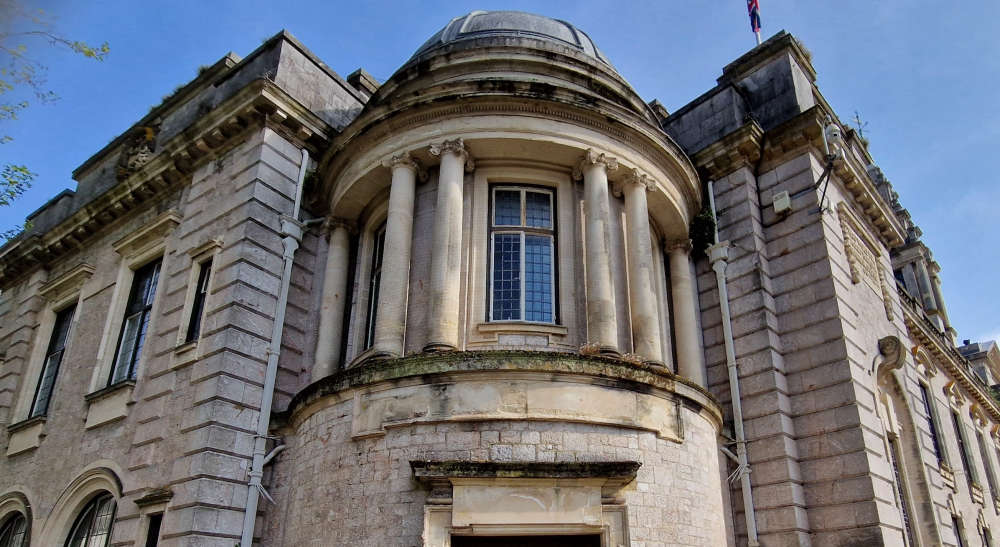
Numbers are rising
And it also adds that self-harming rates in Torbay are higher than anywhere else in the South West, the numbers of children and young people who are self-harming seems to be increasing, and that less than half of people affected ever visit a hospital.
The children and adolescent mental health services commissioner for the Northern, Eastern and Western Devon Clinical Commissioning Group, and South Devon and Torbay Clinical Commissioning Group provided the report to the scrutiny committee to provide an update with regard to the current position of self-harm rates within children and young people in Devon, and the planned next steps of the CCG.
The report says that 468 people aged between 10-19 were admitted to hospital for self-harming and that a further 536 attended hospital, based on 2015 Public Health data. It adds that there are 14,906 people in that age group who have self-harmed.
It adds: “Self-harm admission rates across Devon are higher than the England average and Torbay has the highest rates in the South West. Rates are higher in children and young people and those living in the most deprived areas.
“But hospital admissions underestimate presentations by around 60 per cent, meaning that need is likely to be even greater locally.”
The report adds that the numbers of children and young people who are self-harming by poisoning seems to be increasing, saying that: “Paracetamol was the main source of poisoning.”
Self-harm is the second most common cause of death for young people, but globally the most common cause of death for females aged 15-19, the report adds, stating that nationally a survey of young people aged 15-16 years estimated that more than 10 per cent of girls and more than 30 per cent of boys had self-harmed in the previous year.
Results from the Good Childhood Report (2018) who surveyed 11-15 years old indicated that girls (22 per cent) were more than twice as likely as boys (9 per cent) to self-harm and that children and young people who were attracted to children and young people of the same gender or both genders were much more likely to self-harm, with almost half (46 per cent), of these children involved having done so.
The report to Devon County Council’s children scrutiny committee, who meet on Monday, March 18, adds: “Self-harm must be supported and understood in the context of being an outward expression of an underlying emotional health and wellbeing need or distress.
“While admissions to hospital are a key indicator of the prevalence of self-harm, it must be recognised that there are a number of children and young people who may be self-harming that may not present to Emergency Departments and/or be known to services.
“Given this, it is critical that we enable those who do not want to present to services to be able to access support, through a variety of channels. In terms of i-THRIVE, this would be focusing on ensuring support that would sit more within ‘Getting Advice’ and ‘Getting Help’ and ensuring that this support is not just available through usual service pathways.
“We need to ensure support can be accessed and is available to the whole family; especially important given the numerous underlying challenges to a child or young person’s emotional health and wellbeing and to ensure that children and young people and their families are involved in the design and implementation of support.
“Currently, the CCG is awaiting the outcome of national bids to implement and evaluate support based on the evidence and recommendations made within this paper and we need to continue with the collaborative approach that is currently being undertaken with key partners to ensure a joined up, whole system response.”
 MP highlights Devon's dentistry 'crisis'
MP highlights Devon's dentistry 'crisis'
 Work on ‘once-in-a-generation’ Newton Abbot project back on track
Work on ‘once-in-a-generation’ Newton Abbot project back on track
 Complaints made after animal activity licence backlog
Complaints made after animal activity licence backlog
 City draw at home
City draw at home
 Cars damaged in bid to buy cheaper
Cars damaged in bid to buy cheaper
 Torbay Council considers 'fire and re-hire' in pensions wrangle
Torbay Council considers 'fire and re-hire' in pensions wrangle
